In the ever-evolving landscape of product development, the integration of advanced technologies has become a cornerstone for innovation. Among these technologies, 3D product modeling has emerged as a transformative force, revolutionizing the way products are conceptualized, designed, and brought to market. This article delves into the multifaceted role of 3D product modeling services, exploring its impact on diverse industries, with a particular focus on the intricate realm of 3D jewelry modeling.
At its core, 3D product modeling involves the creation of three-dimensional representations of physical objects using specialized computer software. This process enables designers and engineers to visualize products in a virtual environment before they are brought into the physical realm. The advantages of 3D modeling are manifold, ranging from enhanced design precision to accelerated product development timelines.
For businesses seeking to outsource their 3D modeling needs, partnering with a reputable 3D Modeling Company is a strategic move. These companies bring expertise, experience, and cutting-edge technology to the table, ensuring that the 3D modeling designs are not only visually stunning but also aligned with the client’s specifications and industry standards.
In the realm of jewelry, where intricacy and precision are paramount, 3D jewelry modeling has become a game-changer. Traditional methods of jewelry design often involved intricate sketches and physical prototypes, a process that could be time-consuming and resource-intensive. Enter 3D jewelry modeling, which allows designers to craft detailed and intricate jewelry designs with unparalleled precision. This technology has opened up new frontiers for creativity, enabling designers to experiment with shapes, sizes, and textures in a virtual space before committing to physical production.
The versatility of 3D modeling for product development extends beyond aesthetics. It serves as a powerful tool for collaboration and communication among cross-functional teams. Designers, engineers, and stakeholders can easily share and review 3D models, fostering a collaborative environment that ensures everyone is on the same page throughout the product development lifecycle.
In the broader context of product development, the benefits of 3D Product Modeling Services are evident. Rapid prototyping, for instance, is expedited through the use of 3D models, allowing for quick iterations and adjustments. This agility is particularly valuable in industries where time-to-market is a critical factor.
Additionally, the cost-effectiveness of 3D modeling cannot be overstated. Traditional prototyping and mold creation can incur substantial expenses. With 3D modeling, these costs are significantly reduced as digital models can be modified and reused with minimal effort. This not only streamlines the product development process but also contributes to overall cost savings.
As technology continues to advance, the role of 3D product modeling in product development will likely continue to evolve. Industries across the board, from automotive to fashion, are recognizing the transformative impact of 3D modeling on efficiency, creativity, and the bottom line. Businesses that embrace this technology, whether for 3D jewelry modeling or other product design applications, position themselves at the forefront of innovation in their respective fields. The marriage of art and technology in the form of 3D modeling is not merely a trend but a paradigm shift, shaping the future of how products are conceptualized and realized.
